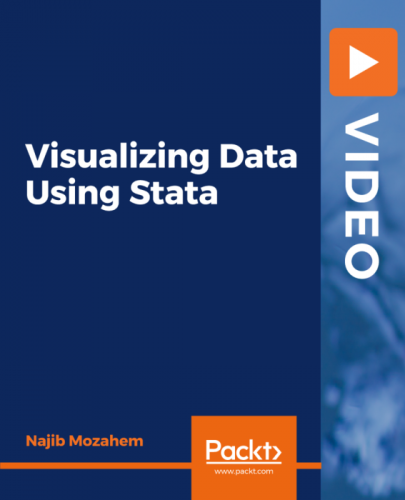
Packt – Visualizing Data Using Stata-XQZT
English | Size: 1.95 GB
Category: Tutorial
This course introduces you to the graphical capabilities of Stata. It is designed to guide you through the logic of extracting meaning from datasets using visualization tools. This is accomplished by using a single dataset from the start of the course up until the very end. You will get up to speed with histograms, quantile plots, and symmetry plots, and even understand how to use these tools to investigate whether group differences exist. The course then introduces you to bar graphs, box plots, and dot plots, and demonstrates how these graphs can be used to study differences in groups that are divided along more than one dimension. You will later learn how to decide which type of plot is best suited for your needs

